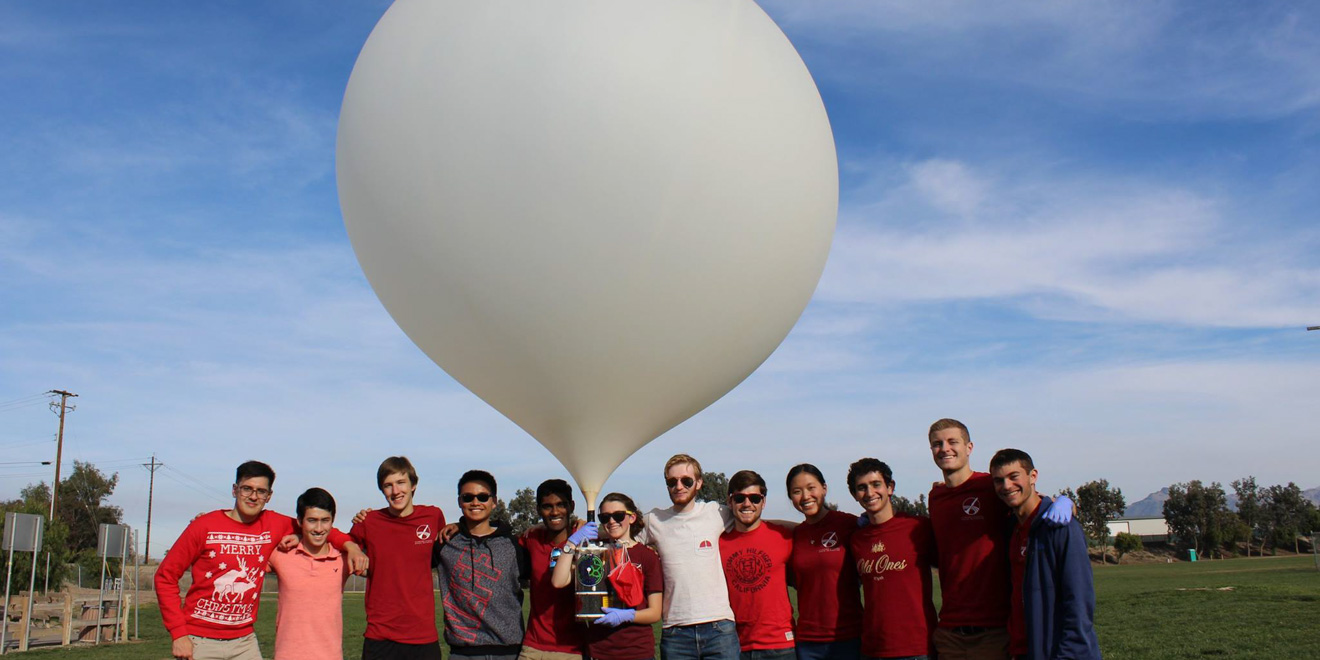This Saturday, the Stanford Space Initiative (SSI) Rockets Team is scheduled to launch a rocket it has been building in the basement of End Station III in the Engineering Quad over the past two quarters.
The team is building the rocket in preparation for the Intercollegiate Rocket Engineering Competition, which happens every June. Last year, SSI came in first with a rocket that reached a height of 30,000 feet. Team members hope that this year’s rocket will win them the same title.
Their ultimate goal is to make SSI the first student group in the world to launch a rocket 100 kilometers above the ground – the height that marks the beginning of outer space.
Late Tuesday night, the launch planned by the Rockets team for this Saturday was canceled due to weather. However, this is a fairly common occurrence.
“Half of the launches get canceled because there’s either too much rain or not enough rain,” said William Alvero Koski ‘19, co-lead of the Rockets Team.
Nonetheless, the team hopes to accomplish at least five launches before the competition in June.
“Last time, we did a very basic test with just the rocket and the recovery system. This launch, we’re adding more flight computers and then the payload,” Koski said.
In addition to the Rockets Team, SSI’s over a hundred members are split across five additional teams: Balloons, Satellites, Biology, Operations and Policy.
The Biology Team is currently focusing on building a DNA synthesizer that could one day be used to create biological compounds in the vacuum of space. The Satellites Team’s goal is to get two satellites to communicate with one another. It is currently working with a company called Odyssey to launch a satellite this June.
In December 2017, the Balloons Team launched a high altitude latex balloon from Hollister, California. The balloon flew autonomously, reached altitudes of up to 80,000 feet, and stayed in the air for 121 hours and 34 minutes. That duration surpassed the previous world record, also set by SSI, for longest duration flight by a latex balloon by nearly 33 hours. The team hopes to eventually use its balloons to circumnavigate the earth.
To some, the projects that SSI undertakes may seem daunting, but Shi Tuck ’20, the group’s president, stressed that the club welcomes individuals with all levels of background experience.
“We want to be as inclusive a community as possible; not telling anybody ‘you can’t do this because you don’t know this.’ The whole point of SSI is to learn,” said Tuck.
Tuck joined SSI her freshman year as a member of the Satellites Team. With some help from upperclassmen, she built the flight computer for the team’s satellite despite not having taking a single electrical engineering class.
The Rockets Team also helps teach new members the basics of rocketry. This year, many members learned how build and launch their own rockets to become certified in high-powered rocketry.
SSI is also working to share its interests with the rest of campus. The Operations Team works to bring leaders in space technology to speak at Stanford. Last fall, they invited Gwynne Shotwell, the president of SpaceX, to share her perspective on the space industry. This spring, the Policy Team is offering a class called AA47SI: “Why Go to Space?” to educate students on space ethics, space policy and the history of space exploration.
For many of its members, the best part about SSI is the community it fosters.
“[SSI] congregates everyone who’s interested in the same stuff I’m interested in into one place,” Koski said. “If I ever want to talk about space, I can just come here.”
Contact Adesuwa Agbonile at adesuwaa ‘at’ stanford.edu.
